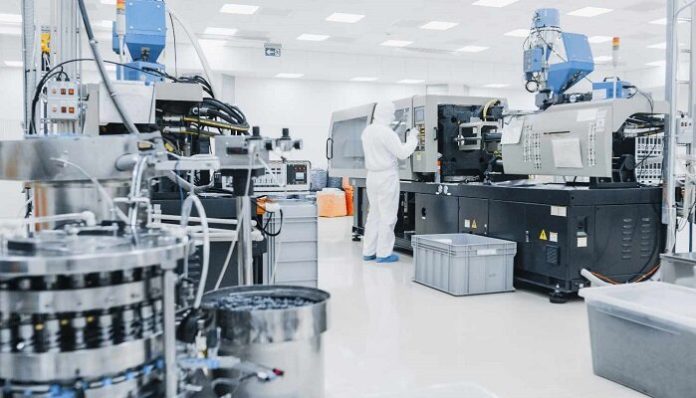In December, the European Commission went on to issue the first approval when it comes to allogenic T-cell therapy in the world, which happened to be a prominent milestone when it comes to the cell and gene therapy sector. The phenomenal approval goes on to reflect the potential promise of pharma products that are currently under development and also puts forth an industry trend that’s broad as well as enlarging the product percentage from cell and gene therapies to vaccines that require cold storage as well as handling.
The worldwide market for cold chain products, i.e., those with temperatures ranging between 2 and 8 degrees Celsius or lower, is anticipated to increase from $336 billion in 2021 to around $480 billion by 2027, which will be driven in part by the forecasted influx of biopharmaceutical products.
The recent reports suggest that the cold chain products shall continue their growth trajectory at twice the rate of their non-cold chain counterparts throughout 2024, thereby creating a heightened demand when it comes to cold chain logistics, which includes distribution and storage that’s temperature controlled. Although these products are known to offer tremendous promise for worldwide patients, they rely solely on a secure cold chain, and any exposure to temperatures outside the specified range can threaten their feasibility, therefore resulting in their wastage, loss of revenue, and above all, a delay in patient access.
The Changing Dynamics of Pharma Cold Chain
With major research and development investments as well as scientific advancements powering significant breakthroughs in the world of medicines, the biopharma companies and also their logistic partners must build an end-to-end plan so as to make sure that the products reach the patients who happen to be in need, no matter where they are. Notably, successful cold chain logistics are always in need of highly manoeuvrable shipping schedules, storage infrastructure, temperature-controlled packaging, and track technology, as well as adherence to regulatory guidelines that are indeed strict.
The strategies must be customised to suit the varied product wants. While many cold chain products are in need of storage that’s refrigerated at 2 to 8 degrees Celsius or frozen at -15 to -25 degrees Celsius, a significantly increasing number of advanced therapy medicinal products (ATMPs) are in need of ultra-frozen storage, i.e., as low as -80 degrees Celsius, or cryogenic storage that is as low as -196 degrees Celsius. Notably, cell therapies, for instance, are very temperature-conscious, thereby remaining viable only in a narrow range of temperatures as well as time. Apparently, fresh cells have a shelf life that ranges between 12 and 96 hours before experiencing degradation. Freezing cells even below -150 degrees Celsius calls for using cryogenic storage techniques so as to enable the longevity of the product.
It is well to be noted that the fast-growing pipeline when it comes to ATMPs, which is tagged with an increase in the number of allogenic cell therapies that are referred to as off the shelf in clinical development, highlights the need for a widened cryogenic storage capacity on a global basis. It is estimated that by 2026, Switzerland, the UK, and Germany will experience above 20% growth when it comes to cryogenic transportation and even storage needs pertaining to in-country clinical trials.
Technology Advancements
Significantly, in 2020, almost 30% of the total amount of $17.5 billion that was spent on pharma cold chain logistics was diverted towards packaging costs and also tracking technology and monitoring solutions such as data loggers.
The fact is that technological advances as well as design innovation have gone on to elevate the emergence of packaging solutions that offer prolonged temperature stability, thereby enabling trustworthy deliveries across long distances as well as protection from challenges like extreme weather conditions and airport customs delays.
Notably, the real-time tracking of cold chain shipments has become extremely significant. Technology that provides real-time tracking data helps the teams to proactively keep shipments under surveillance and also pinpoint potential risks, if there are any. Logistic providers who happen to have a broad global imprint are pretty well positioned so as to respond in a quick way and, if required, take the rightful measures to prevent any impact on the product.























